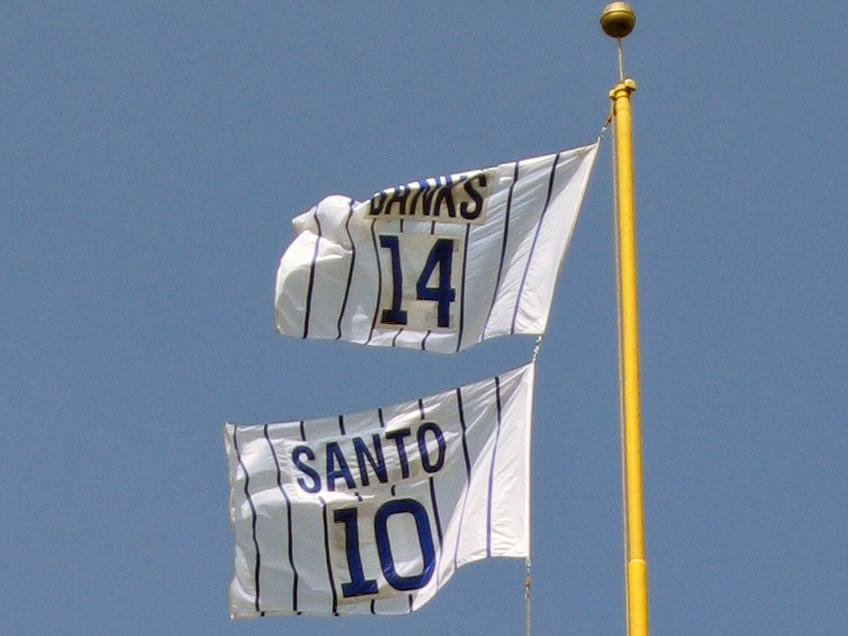It looks like you're new here. If you want to get involved, click one of these buttons!
Fidelity got to be more competitive in light of many robo advisors who much less. What are their unique advantages compared to say Betterment and Wealhfront who charge 0.25% at the asset level above $10K?no more than 0.35%
Thanks, but I'll take BCOIX over this fund.
Nearly identical in most metrics (duration, credit quality, credit breakdown, number of bonds/bonds in top 10%, country breakdown). TIORX is long and short in cash, but with same net cash as BCOIX (no shorts).
Differences that pop out include:
- TIORX has more securitized bonds and less corporate (as discussed in article)
- TIORX has high turnover (308%, mentioned in article) vs. 34%
- TIORX costs twice as much (0.62% vs. 0.30%)
- TIORX has lower SEC yield (2.31% vs. 2.61%)
With the notable exception of 2008, BCOIX generally outperforms. In 2008 it underperformed by 4.64%, but made that up and more with its 2009 9.08% outperformance. In all other recent years, performance figures were much closer.
It is fair to look back this far, as BCOIX's management started in 2000. Though the article implies that Higgins (starting in 2011) is the only manager of TIORX, the prospectus says: "The following persons manage the Fund on a day-to-day basis: ...Higgins ... since 2011 [and] ... Cerra ... since 2003." Both are listed as "Managing Directors". Neither the prospectus nor M* says anything about 13 managers.


Old_Skeet
11:33AM edited 11:35AM Flag
One of my small/mid cap funds, PMDAX, is indeed on a year-to-date roll ... up 16.6% ... plus, it sports a nice dividend!
PMDAX.lw NTF at Schwab: $100 basic, same for IRA. But PMDIX with .86 ER at Scottrade for same amounts but $17 TF. Haven't looked at other third parties.MikeW
11:44AM Flag
thanks for the heads up Ted and Skeet. Is there a way to get the load waived on PMDAX? Any thoughts on Wasatch Core Growth? curious if you are adding funds to this asset class...
© 2015 Mutual Fund Observer. All rights reserved.
© 2015 Mutual Fund Observer. All rights reserved. Powered by Vanilla